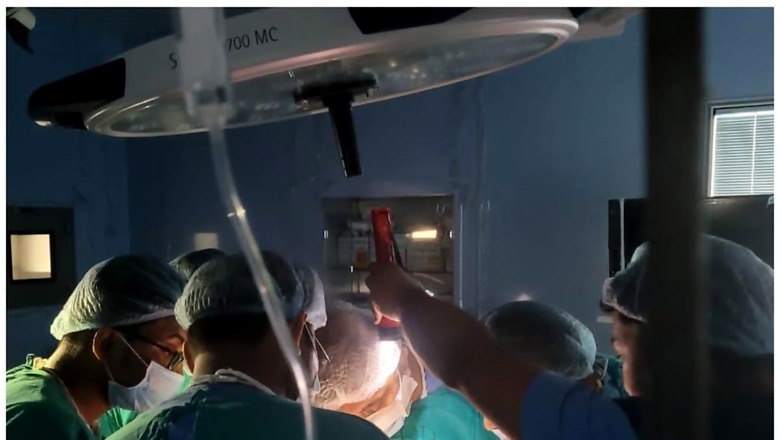
views
Driven by the Supreme Court to monitor “unnecessary” hysterectomies, the central government has asked all states and union territories to share data on the number of such procedures performed.
Last month, the Supreme Court had directed all states and UTs to implement guidelines formulated by the Centre to monitor “unnecessary” hysterectomies within three months. Hysterectomy is a surgical procedure to remove a uterus and it gained attention as several healthcare institutions were found to be misusing the procedure only to claim high insurance fees from governments under various health insurance schemes.
According to a letter written by health secretary Rajesh Bhushan, the issue of hysterectomies is being closely monitored by the ministry of health and family welfare. “The matter is regarding the prevention of unnecessary and often unjustified hysterectomies performed by certain medical institutions,” Bhushan said in a letter sent to health and principal secretaries of all states and UTs.
“The states are requested to share the hysterectomy status and data before and after the implementation of these guidelines,” the letter said. “They are also advised to undertake compulsory audits for all hysterectomies, as is already being done for maternal mortality in all healthcare institutions – both public and private.”
When the SC gave its directions last month, a bench of Chief Justice DY Chandrachud and Justice JB Pardiwala had disposed of a PIL and noted that the actual picture of such hysterectomies performed will be visible only after data is available.
What forced India to create guidelines?
In 2022, the health ministry had issued ‘Guidelines to prevent unnecessary hysterectomies’, and states were asked to comply with them. According to a copy of the judgement, the guidelines indicate that while in developed countries hysterectomies are typically conducted among premenopausal women above the age of 45 years, in India, community-based studies have consistently found rising hysterectomy rates among young women, ranging from 28 to 36 years old.
“Field-based studies have indicated that unnecessary hysterectomies are performed in cases where medical or non-invasive treatment would have been sufficient. The evidence indicates a higher risk among poor, less educated women, particularly in rural areas,” the judgement stated.

















Comments
0 comment